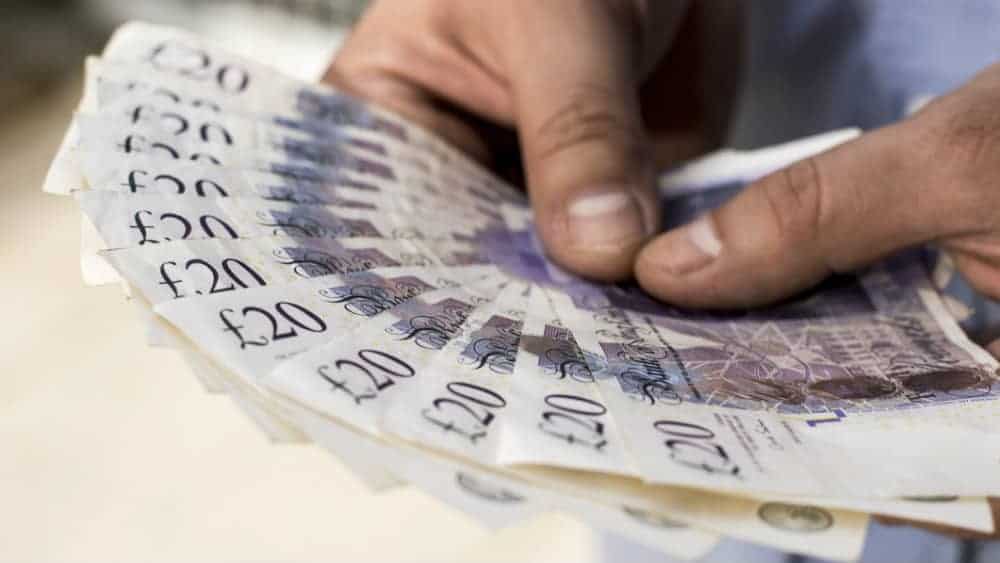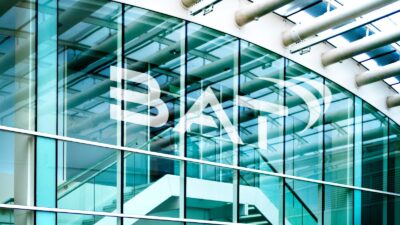One of my favourite ways to generate passive income is buying and holding dividend shares. If they pay me dividends in future – which is never guaranteed – then I will be able to watch my income pile up without having to lift a finger.
If I decide to target a specific monthly passive income, I can make a plan around that goal. Here is my approach.
Start with the end in sight
To begin, I decide how much passive income I would like to target each month. I find it easier to do this as a monthly average than to target exactly the same amount each month. That is because companies pay out dividends on their own schedules and these are not fixed.
A monthly £200 adds up to £2,400 a year. How much would I need to spend on dividend shares to generate that? That depends on what is known as dividend yield. Yield is basically an expression of a share’s dividends as a percentage of its current purchase price.
To generate £2,400 a year in dividends, if I was investing in shares yielding 10%, I would need to spend £24,000 buying shares. If I bought shares yielding 5%, that would increase to £48,000. If I bought shares yielding 2%, I would need £120,000 to hit my target.
Why I do not look at yield alone
So far, it sounds as if yield is a big deal. Based on that, I could go out and buy shares yielding 10% or even more, such as Evraz and Ferrexpo. But there are a couple of problems with such a purely yield-focussed approach that could cost me dearly.
First, Evraz and Ferrexpo are both miners. To reduce my risk, I would want to diversify my share ownership across different business sectors and companies. So while having some miners in my portfolio would be fine, if I only bought shares in miners then I may well see my passive income drop a lot the next time the mining industry enters a cyclical downturn. That is not just true of mining: I would not want to concentrate my whole portfolio on any single sector, no matter how appealing it looks to me today.
Quality and passive income
Another problem with just buying high-yield shares is that unusually high yields often imply that the City thinks a share has elevated risks. Evraz and Ferrexpo both face considerable political risk, for example.
That does not mean that I avoid high-yield shares altogether. If I want to target passive income, higher-yielding shares can help me do it with less money. But I do not buy shares just because of their high yield. Instead, I focus on companies that I think have had a good chance of maintaining or increasing their dividend. So I consider factors like their business model and future customer demand, the level of cover provided for the dividend by cash flow and also anything that could hurt a company’s future ability to pay dividends, like big debts falling due. If I find a high-quality company with an attractive yield, then I consider it as a candidate for my portfolio to help me reach my passive income goal.








